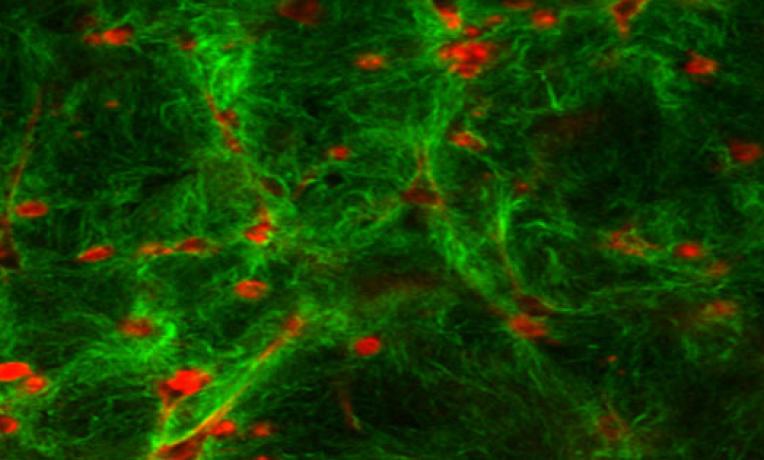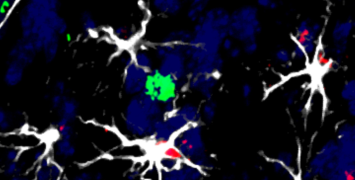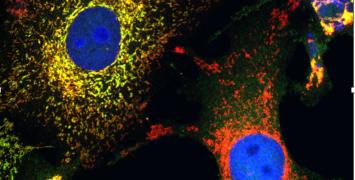A new weapon against pancreatic cancer on the way ?
Tamoxifen, a drug used in breast cancer treatment, may be repositioned to treat pancreatic cancer
Pancreatic cancer is the 4th leading cause of death by cancer in Europe. It has a very low survival rate with less than 1 per cent of sufferers surviving for 10 or more years. Over the last 40 years the survival rate has not significantly changed and finding an effective therapy has become a pressing challenge in cancer research. A team based at Imperial College London led by Armando Del Río Hernández, has now demonstrated that a well-known drug could be effective to fight this deadly and other forms of cancer, such as liver cancer.

Based on Imperial College London Press
The drug is called Tamoxifen. It has no toxicity and its pharmacology is well known in oncology. Used for years with success to treat a common form of breast cancer, Tamoxifen prevents oestrogen – helping breast tumours grow - from reaching the cancer cells. In a new study, the team of researchers could demonstrate on mice that Tamoxifen also weakens the physical environment of solid tumours, such as pancreatic cancers and some forms of liver cancer.
“Tamoxifen helps to change the physical environment in which tumours grow. We call this environment scaffolding”,
explains Del Río, who has received EU funding through the European Research Council (ERC) to carry this research."This scaffolding regulates scar tissue development, inflammation, and immune responses - key hallmarks of pancreatic cancers”.
Breaking the armour
Most solid tumours, like those seen in pancreatic cancer, are surrounded by a large amount of connective tissue. In this type of solid carcinomas, the connective tissue becomes stiff, as the so-called pancreatic stellate cells (PSCs) exert pressure and remodel the tissue architecture. The stiff, scar-like tissue stands like scaffolding around the tumour, blocking chemotherapy drugs from reaching the cancerous cells. It also regulates how tumours grow and spread.
“By combining biophysical and cancer biology methods to look at the scaffolding in mouse pancreatic tumours, we have observed how tamoxifen, stops pancreatic stellate cells from hardening the connective tissue that surrounds the tumour. The mechanism of action is totally different to the one observed in breast cancer and involves molecules present in most types of cells, which suggests a potential broad range of applicability”, explains Del Río.
By preventing the tumour’s environment from stiffening, Tamoxifen regulates the immune response and curbs the invasion and spread of cancer cells.
Suffocating cancer cells
Not only Tamoxifen tackles the tumour scaffolding, it also makes cancer cells most vulnerable: “The cells within pancreatic tumours are exposed to very little oxygen. To survive this condition, they release a specific molecule called hypoxia-inducible factors (HIF). Tamoxifen mechanically inhibits the production of this molecule, leaving the cancer cells vulnerable to low oxygen levels and more likely to die”, says Dr. Del Río.
From cell cultures and mouse models, additional research is now needed before applying the drug to human patients.“We must first investigate how giving tamoxifen alone or combined with other chemotherapy drugs during long term treatment affects survival and the spread of cancer. Nevertheless, developing new drugs is expensive and takes many years. Repurposing an established cancer drug for a different tumour type could help effective treatments reach patients much more quickly and cheaply”.
More about this research:
Summary video
Scientific publications:
http://embor.embopress.org/content/early/2018/12/06/embr.201846556
http://embor.embopress.org/content/early/2018/12/06/embr.201846557
https://www.nature.com/articles/s41388-018-0631-3






